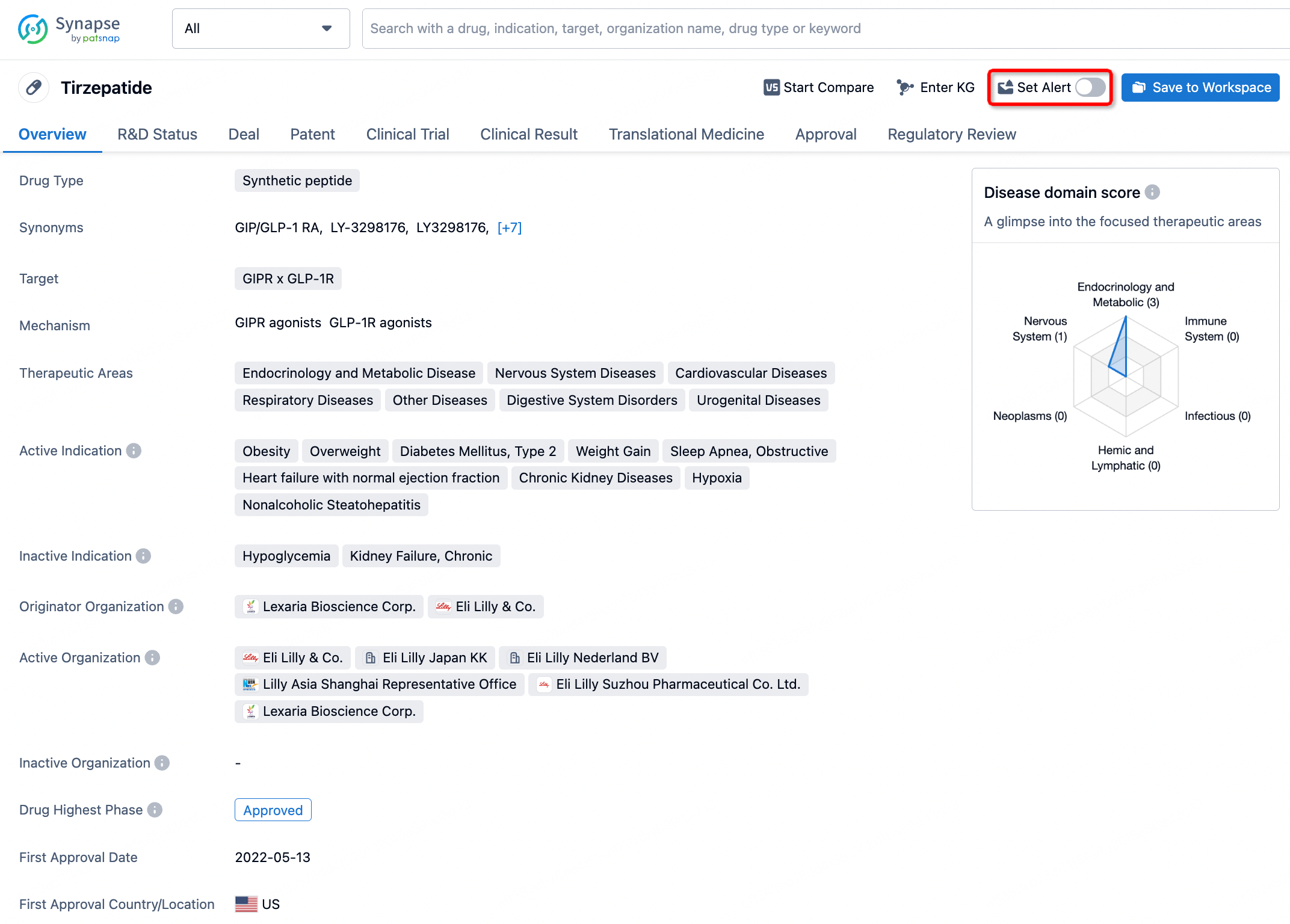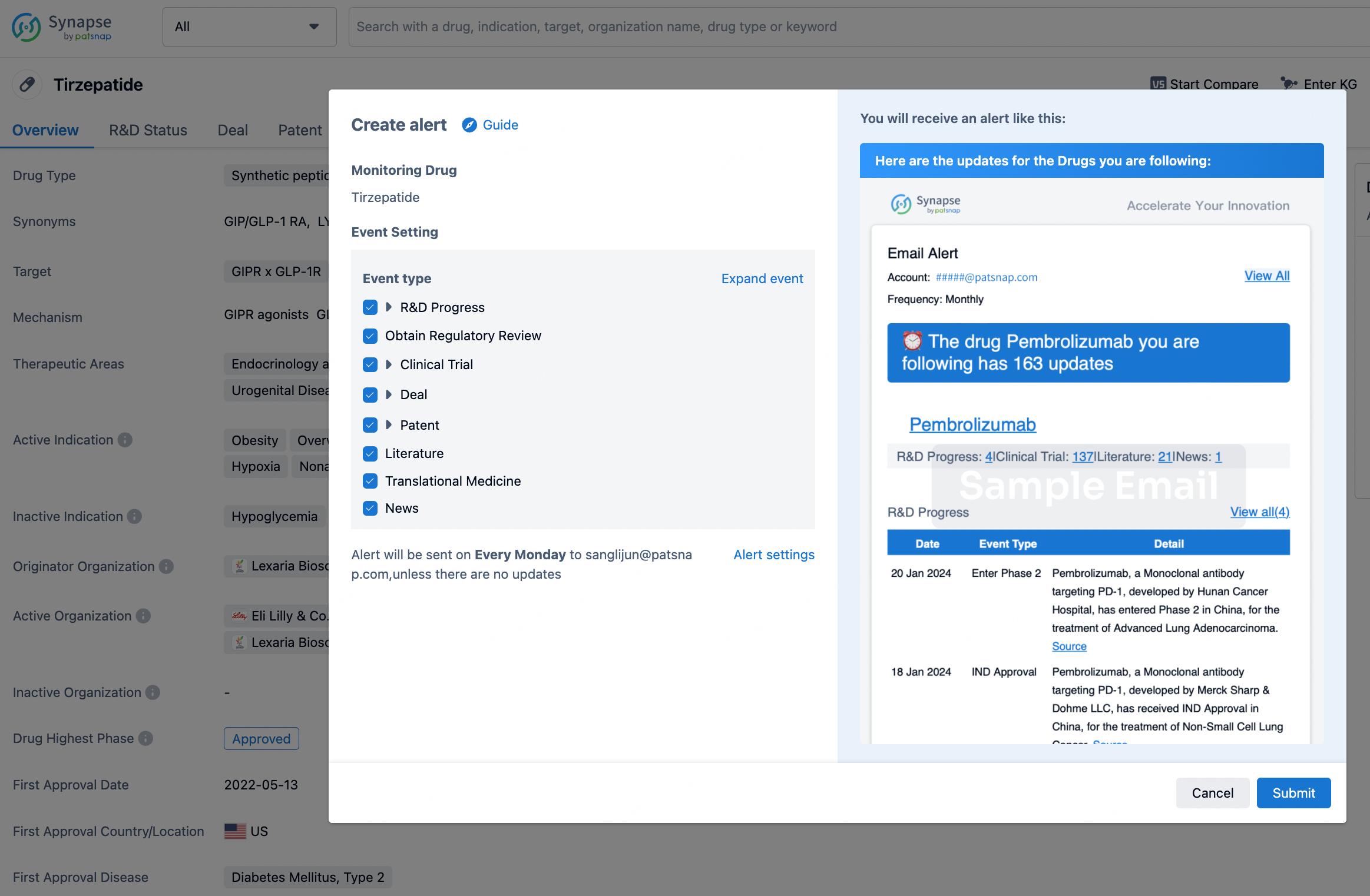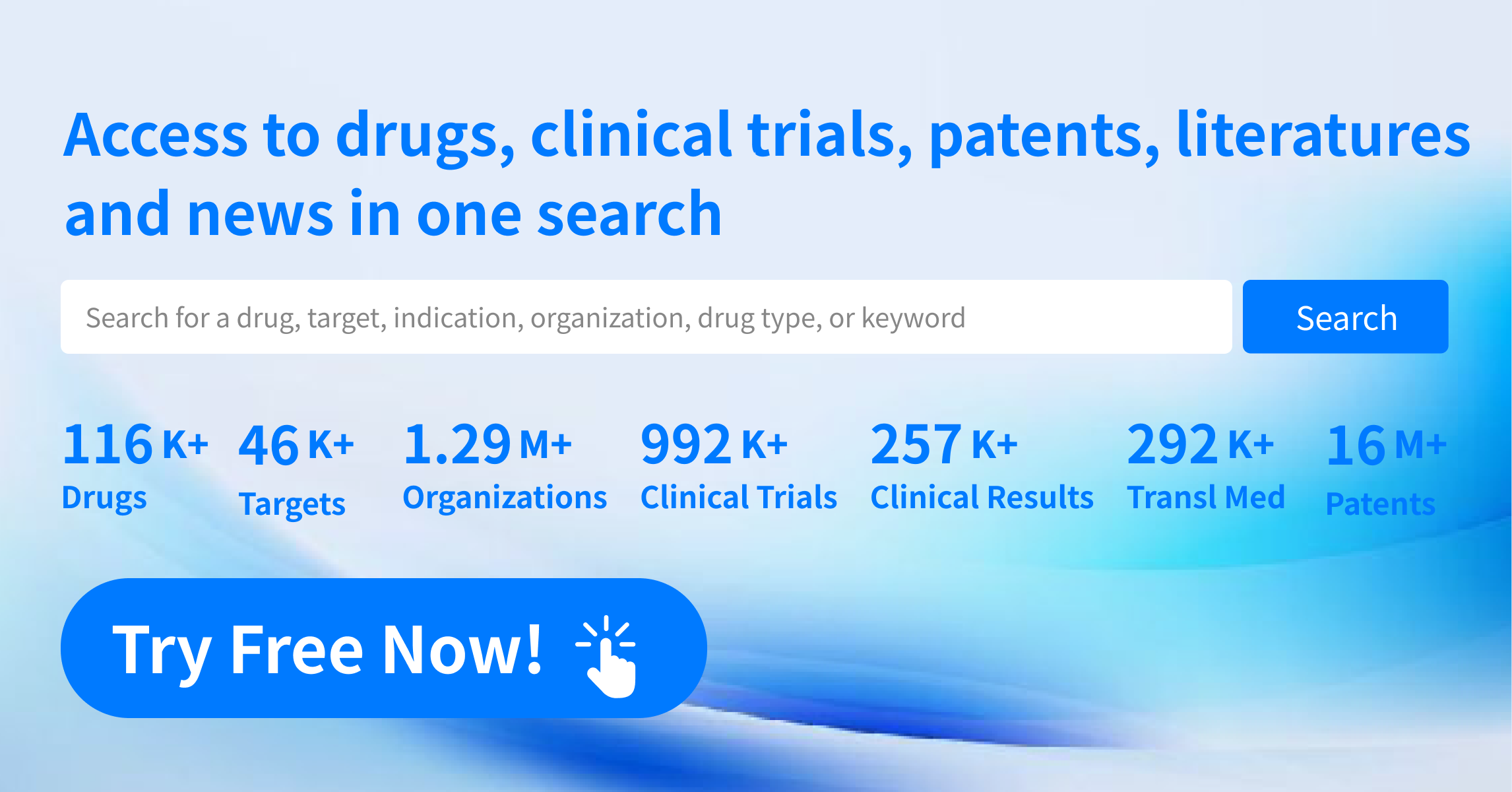Request Demo
What is the mechanism of Ephedrine Hydrochloride?
17 July 2024
Ephedrine hydrochloride is a medication and stimulant that belongs to the class of alkaloids. It is commonly used for its bronchodilator, decongestant, and stimulant properties. Understanding the mechanism of action of ephedrine hydrochloride requires an exploration of its pharmacodynamics, pharmacokinetics, and the physiological effects it induces.
Ephedrine hydrochloride primarily acts as both a direct and indirect sympathomimetic agent. Sympathomimetic agents are substances that mimic the effects of the endogenous chemicals of the sympathetic nervous system, such as norepinephrine (noradrenaline) and epinephrine (adrenaline).
When administered, ephedrine hydrochloride exerts its effects through multiple pathways:
1. **Direct Adrenergic Receptor Stimulation:** Ephedrine hydrochloride can directly stimulate adrenergic receptors. Specifically, it activates alpha (α) and beta (β) adrenergic receptors. Activation of these receptors leads to various physiological responses. For instance, stimulation of β1-adrenergic receptors in the heart increases heart rate and contractility, while β2-adrenergic receptor activation in the lungs results in bronchodilation, making it easier to breathe. Additionally, α-adrenergic receptor activation results in vasoconstriction, which can contribute to increased blood pressure and alleviate nasal congestion by reducing blood flow to the nasal passages.
2. **Indirect Stimulation via Norepinephrine Release:** Ephedrine hydrochloride also promotes the release of norepinephrine from sympathetic nerve terminals. The increased concentrations of norepinephrine in synaptic clefts enhance the activation of adrenergic receptors. This indirect mechanism amplifies the sympathomimetic effects, contributing to increased cardiac output, bronchodilation, and vasoconstriction.
3. **Inhibition of Norepinephrine Reuptake:** By inhibiting the reuptake of norepinephrine into presynaptic neurons, ephedrine hydrochloride prolongs the action of this neurotransmitter in the synaptic cleft. This extended presence increases the stimulation of adrenergic receptors, further sustaining the physiological responses.
4. **Inhibition of Monoamine Oxidase (MAO):** Ephedrine hydrochloride has weak inhibitory effects on monoamine oxidase (MAO), the enzyme responsible for breaking down catecholamines like norepinephrine. By inhibiting MAO, ephedrine hydrochloride prolongs the activity of norepinephrine and other catecholamines, enhancing their sympathomimetic effects.
The combined action of these mechanisms results in a range of therapeutic and physiological effects. Bronchodilation is particularly beneficial for individuals with asthma or other bronchospastic conditions, as it facilitates easier breathing. The drug's decongestant properties are useful in treating nasal congestion associated with colds and allergies. Additionally, its ability to elevate blood pressure can be utilized in managing certain hypotensive states.
Ephedrine hydrochloride's stimulant properties are also noteworthy. By enhancing adrenergic activity, it can increase alertness, reduce fatigue, and improve concentration. This stimulant effect is one reason why ephedrine has been used (sometimes illicitly) in weight loss preparations and performance-enhancing drugs.
However, the use of ephedrine hydrochloride is not without risks. Its potent sympathomimetic actions can lead to side effects such as increased heart rate (tachycardia), elevated blood pressure (hypertension), nervousness, insomnia, and tremors. In high doses, it can cause severe cardiovascular events, including arrhythmias and myocardial infarction. Therefore, its use must be carefully monitored, especially in individuals with preexisting cardiovascular conditions.
In summary, the mechanism of action of ephedrine hydrochloride involves direct stimulation of adrenergic receptors, indirect promotion of norepinephrine release, inhibition of norepinephrine reuptake, and weak inhibition of monoamine oxidase. These combined actions result in bronchodilation, vasoconstriction, increased heart rate, and elevated blood pressure, among other effects. While it has valuable therapeutic uses, its potential for side effects necessitates cautious administration and monitoring.
Ephedrine hydrochloride primarily acts as both a direct and indirect sympathomimetic agent. Sympathomimetic agents are substances that mimic the effects of the endogenous chemicals of the sympathetic nervous system, such as norepinephrine (noradrenaline) and epinephrine (adrenaline).
When administered, ephedrine hydrochloride exerts its effects through multiple pathways:
1. **Direct Adrenergic Receptor Stimulation:** Ephedrine hydrochloride can directly stimulate adrenergic receptors. Specifically, it activates alpha (α) and beta (β) adrenergic receptors. Activation of these receptors leads to various physiological responses. For instance, stimulation of β1-adrenergic receptors in the heart increases heart rate and contractility, while β2-adrenergic receptor activation in the lungs results in bronchodilation, making it easier to breathe. Additionally, α-adrenergic receptor activation results in vasoconstriction, which can contribute to increased blood pressure and alleviate nasal congestion by reducing blood flow to the nasal passages.
2. **Indirect Stimulation via Norepinephrine Release:** Ephedrine hydrochloride also promotes the release of norepinephrine from sympathetic nerve terminals. The increased concentrations of norepinephrine in synaptic clefts enhance the activation of adrenergic receptors. This indirect mechanism amplifies the sympathomimetic effects, contributing to increased cardiac output, bronchodilation, and vasoconstriction.
3. **Inhibition of Norepinephrine Reuptake:** By inhibiting the reuptake of norepinephrine into presynaptic neurons, ephedrine hydrochloride prolongs the action of this neurotransmitter in the synaptic cleft. This extended presence increases the stimulation of adrenergic receptors, further sustaining the physiological responses.
4. **Inhibition of Monoamine Oxidase (MAO):** Ephedrine hydrochloride has weak inhibitory effects on monoamine oxidase (MAO), the enzyme responsible for breaking down catecholamines like norepinephrine. By inhibiting MAO, ephedrine hydrochloride prolongs the activity of norepinephrine and other catecholamines, enhancing their sympathomimetic effects.
The combined action of these mechanisms results in a range of therapeutic and physiological effects. Bronchodilation is particularly beneficial for individuals with asthma or other bronchospastic conditions, as it facilitates easier breathing. The drug's decongestant properties are useful in treating nasal congestion associated with colds and allergies. Additionally, its ability to elevate blood pressure can be utilized in managing certain hypotensive states.
Ephedrine hydrochloride's stimulant properties are also noteworthy. By enhancing adrenergic activity, it can increase alertness, reduce fatigue, and improve concentration. This stimulant effect is one reason why ephedrine has been used (sometimes illicitly) in weight loss preparations and performance-enhancing drugs.
However, the use of ephedrine hydrochloride is not without risks. Its potent sympathomimetic actions can lead to side effects such as increased heart rate (tachycardia), elevated blood pressure (hypertension), nervousness, insomnia, and tremors. In high doses, it can cause severe cardiovascular events, including arrhythmias and myocardial infarction. Therefore, its use must be carefully monitored, especially in individuals with preexisting cardiovascular conditions.
In summary, the mechanism of action of ephedrine hydrochloride involves direct stimulation of adrenergic receptors, indirect promotion of norepinephrine release, inhibition of norepinephrine reuptake, and weak inhibition of monoamine oxidase. These combined actions result in bronchodilation, vasoconstriction, increased heart rate, and elevated blood pressure, among other effects. While it has valuable therapeutic uses, its potential for side effects necessitates cautious administration and monitoring.
How to obtain the latest development progress of all drugs?
In the Synapse database, you can stay updated on the latest research and development advances of all drugs. This service is accessible anytime and anywhere, with updates available daily or weekly. Use the "Set Alert" function to stay informed. Click on the image below to embark on a brand new journey of drug discovery!
AI Agents Built for Biopharma Breakthroughs
Accelerate discovery. Empower decisions. Transform outcomes.
Get started for free today!
Accelerate Strategic R&D decision making with Synapse, PatSnap’s AI-powered Connected Innovation Intelligence Platform Built for Life Sciences Professionals.
Start your data trial now!
Synapse data is also accessible to external entities via APIs or data packages. Empower better decisions with the latest in pharmaceutical intelligence.


